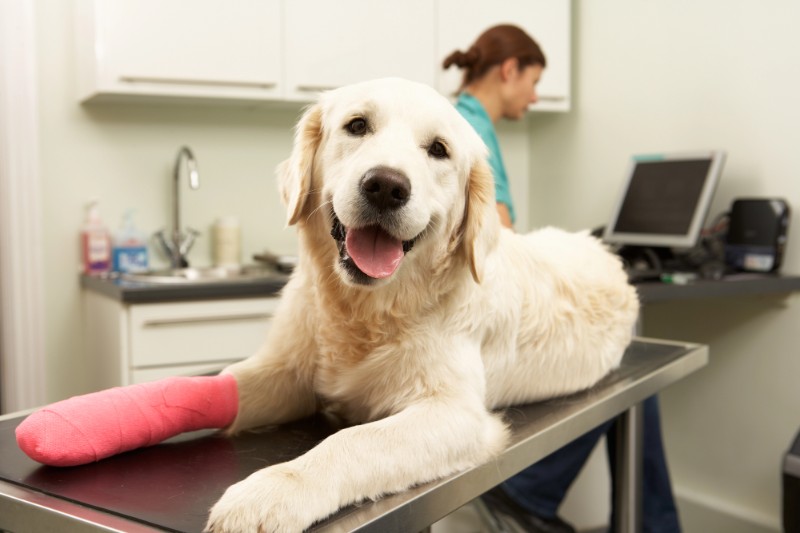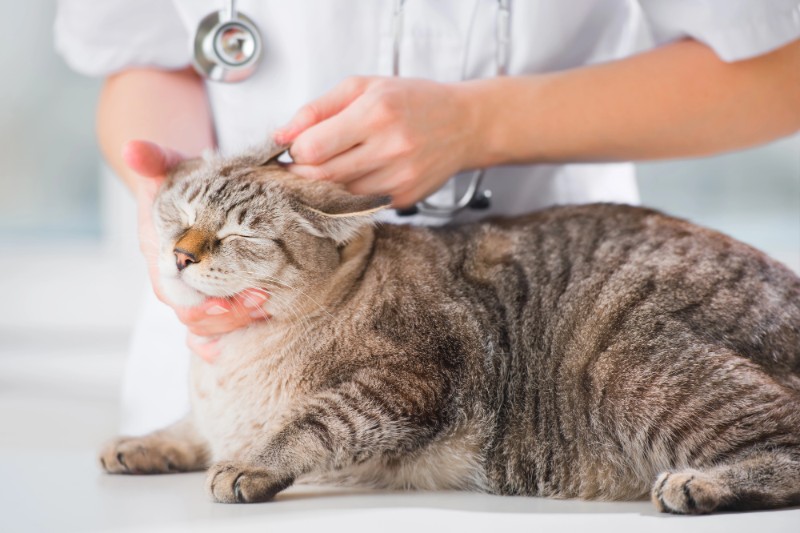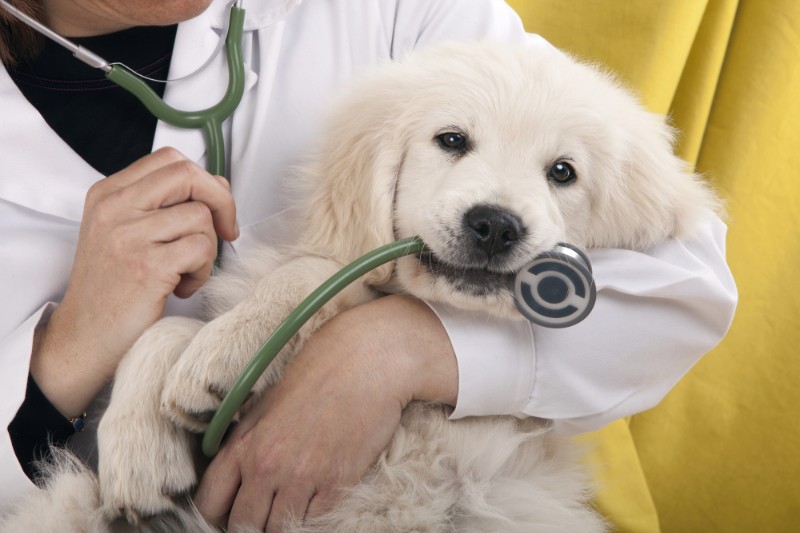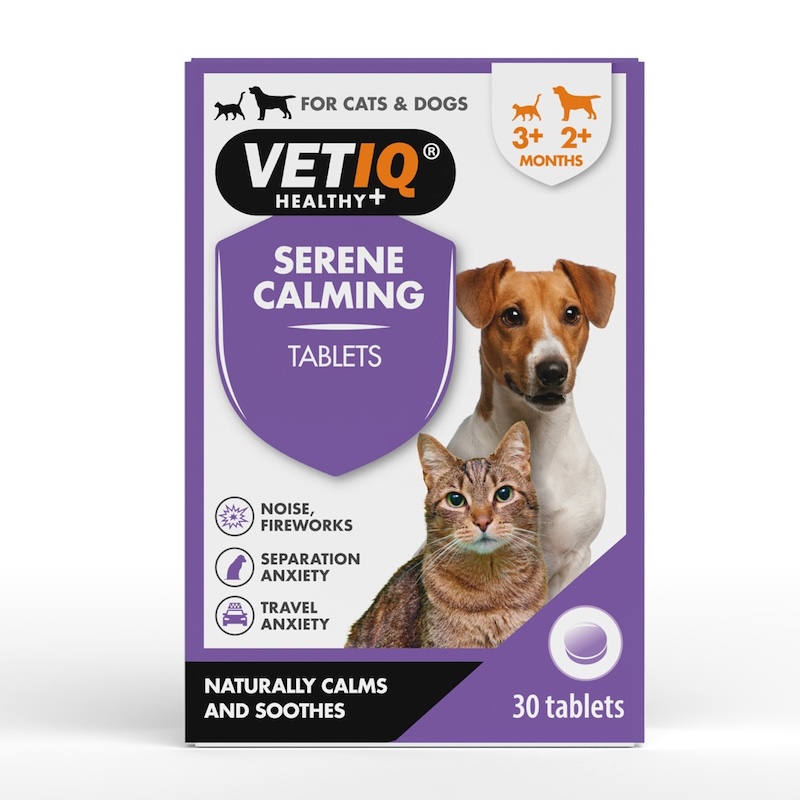How to keep your pet calm at the vet – a timeless question that has plagued pet owners for centuries! In the same way that humans dread going to the doctor, a visit to the vet can be a daunting experience for pets (and indeed their owners). However, taking your pet to the vet is a necessary part of responsible pet ownership.
Whether you own a dog, cat or a small animal, it’s important to make the experience less stressful for all involved. With the right preparation and techniques, you can help your pet feel more at ease.
This guide offers practical advice on how to keep your pet calm at the vet, ensuring that their health check-ups are as smooth as possible!
Understanding why pets get anxious
Before delving into strategies for keeping your pet calm, it’s important to understand why pets often feel anxious about vet visits. A recent study showed that over 50% of dogs exhibit four or more signs of stress when visiting the vet. The unfamiliar environment, strange smells, and new faces can all contribute to their discomfort. Additionally, previous negative experiences or simply being unwell can heighten their stress levels. Recognising these triggers is the first step in helping your pet have a more positive experience.
As a final point, you can’t communicate with your pet in the same way that you would with your child for example. A reassuring explanation to your pet of why they need to go to the vet is simply not possible.
How to keep your pet calm at the vet
One of the most effective ways to keep your pet calm at the vet is through preparation. This starts well before the day of the appointment.
Familiarise your pet with their carrier
For cats, small dogs, and small animals like rabbits and guinea pigs, the carrier can be a significant source of stress. Rather than only bringing out the carrier on the day of the visit, try to make it a familiar part of your pet’s environment. Leave the carrier out in a common area with the door open and place their favourite blanket or toy inside. This allows your pet to explore it at their own pace, reducing their fear when it’s time to travel.
Acclimatise your pet to car rides
We have all witnessed some poor dog owner attempting to coax their dog into the car. Often, this is because the pet associates car rides solely with trips to the vet, which can increase their anxiety. Equally so, some dogs, cats and small animals experience car sickness due to the fear of the unknown. To change this association, take your pet on short, pleasant car trips that don’t end at the vet’s office. This could be a drive to a nearby park, a friend’s house, or just a quick errand. Over time, your pet will start to view car rides more positively, making the journey to the vet less stressful.
Practice handling at home
Since vets will need to handle your pet during the examination, it’s beneficial to get them used to being touched in different ways. Regularly and gently handle your pet’s paws, ears, and mouth, rewarding them with treats and praise. For small animals, practice gently picking them up and placing them back down in a secure, comfortable way. This not only helps them feel more comfortable during vet exams but also strengthens your bond with your pet.
On the day of the vet visit
Even with the best preparation, the day of the vet visit can still be challenging. Here are some tips on how to keep your pet calm at the vet once you arrive.
Stay calm and positive
Pets are highly sensitive to their owners’ emotions. If you’re anxious, your pet is likely to pick up on that and become more stressed. Stay calm and positive, using a soothing tone of voice to reassure your pet. Remember, your calm demeanour can greatly influence how your pet reacts.
Use calming products
There are several products on the market designed to help calm anxious pets such as the VETIQ Serene Calming Range.
- VETIQ Serene Calming Treats: Available for cats, dogs and small animals, these treats are created with natural ingredients such as ginger oil and chamomile that help reduce anxiety and promote relaxation. You can give these to your pet before and during the appointment.
- VETIQ Serene Calming Ointment: A calming treatment specifically for dogs, you can apply to your dog’s skin which helps them to relax at times of stress.
- VETIQ Cat Calming Diffuser: The perfect stress reliever for your cat, this diffuser comes in a handy travel size and is suitable for cats of all ages, breeds and sizes. It works by releasing a pheromone into the air which helps your cats relax naturally.
- VETIQ Serene Calming Drops: By simply adding a few drops to your pet’s food or water, the natural ingredients work quickly to settle your pet before the dreaded visit to the vet.
Arrive early but wait outside
If possible, arrive at the vet clinic a little early but wait outside or in the car until your appointment time. The waiting room can be a stressful environment, with other anxious pets and unfamiliar noises. By waiting outside, you give your pet a calmer space before their appointment.
Request a quiet time slot
When booking your appointment, ask if the clinic offers quieter times for nervous pets. Midday or early afternoon appointments might be less busy, meaning fewer pets in the waiting room. This can help reduce your pet’s stress levels greatly.
In the vet’s office
Once inside the vet’s office, there are additional steps you can take to ensure your pet remains as calm as possible.
Stay close to your pet
Your presence is a great comfort to your pet. Stay close during the examination, speaking to them in a calm, reassuring voice. If your pet is particularly anxious, some vets might allow you to stay in the examination room during certain procedures. Discuss this with your vet beforehand to see what’s possible.
Reward calm behaviour
Bring along some of your pet’s favourite treats and reward them for calm behaviour throughout the visit. Positive reinforcement can help your pet associate the vet with good experiences, making future visits less stressful.
After the vet visit
How you handle your pet after the vet visit is just as important as the preparation. Make sure to give them plenty of love and attention once back at home.
Re-establish routine quickly
Pets find comfort in routine. Once home, return to your pet’s regular schedule as quickly as possible. Whether it’s feeding time, a walk, or playtime, sticking to their routine will help them settle back in.
Monitor for signs of stress
Even as humans, we feel a little delicate following a doctor’s visit and animals are just the same. After the visit is over, some pets may continue to exhibit signs of stress, such as hiding, excessive grooming, or loss of appetite. Monitor your pet closely and offer comfort and reassurance as needed – plenty of cuddles! If their stress seems prolonged or severe, consult with your vet for additional advice.
Keep your pet calm at the vet with VETIQ’s Serene Calming Range
Vet visits are an unavoidable part of ensuring your pet’s health and well-being, but they don’t have to be a source of stress. By using the tips we have shared here and VETIQ’s Serene Calming Range, you can turn the vet experience into a more positive one, ensuring your dog, cat, or small animal stays healthy and happy.









